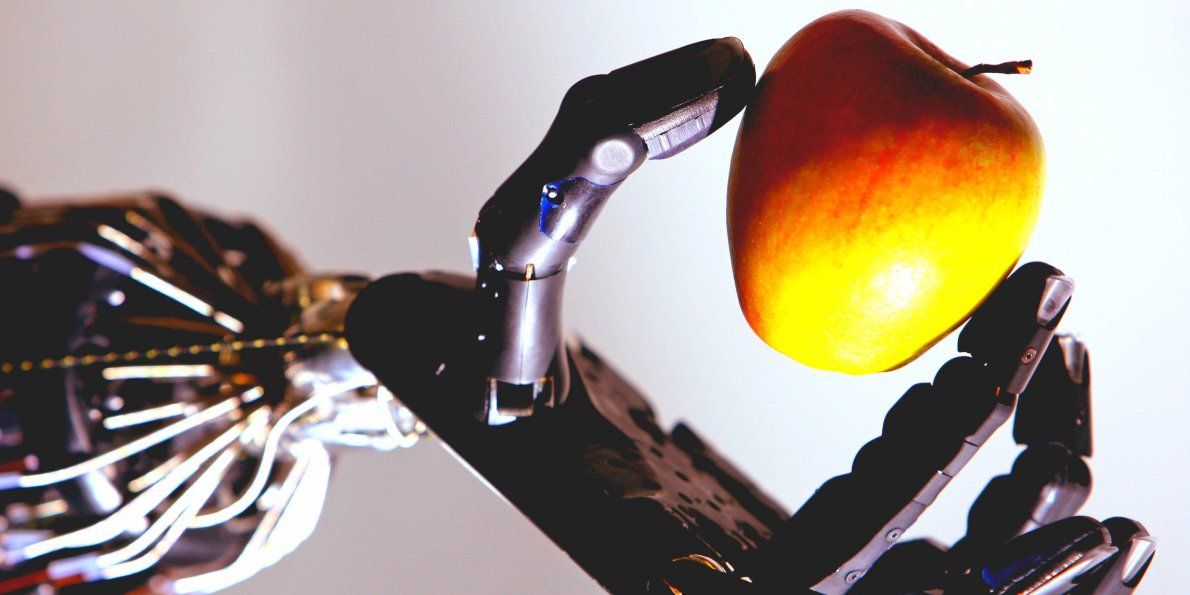We have seen the beauty of DNA in medical advancements, tech for storage, and even in designer fashion, Now, lets play with Art and art expression.
Tiny computers, microscopic art, bringing back the dodo—the future uses of the double helix.

Nice.
Software can tell chemists how to make new molecules from scratch and its inventors claim it has already mapped out a cheaper route to a blockbuster drug.

Like this article; there is 2 more pieces missing from the roadmap for 2010 & beyond and that is Biocomputing & Singularity. Biocomputing will provide the financial industry (banks, trading firms, accounting & audit firms, bond insurers, etc.) the ability to expand information/ data storage and transmission capacities like we have never see before just look at what Microsoft, Google, Amazon, etc. have done with DNA storage. And, the much loved Singularity enables boosting of knowledge and insights as well as more mobility and access to information as they need it. BTW — Biometrics is NOT the same as Biocomputing; biocomputing goes well beyond security/ identity management.
The influential non-profit rates these technologies alongside the PC, the internet, and smartphones in terms of their potential to transform financial…
Hmmm.
Testimonials from prominent physics researchers from institutions such as Cambridge University, Princeton University, and the Max Planck Institute for Physics in Munich claim that quantum mechanics predicts some version of “life after death.”
They assert that a person may possess a body-soul duality that is an extension of the wave-particle duality of subatomic particles.
Wave-particle duality, a fundamental concept of quantum mechanics, proposes that elementary particles, such as photons and electrons, possess the properties of both particles and waves. These physicists claim that they can possibly extend this theory to the soul-body dichotomy. If there is a quantum code for all things, living and dead, then there is an existence after death (speaking in purely physical terms). Dr. Hans-Peter Dürr, former head of the Max Planck Institute for Physics in Munich, posits that, just as a particle “writes” all of its information on its wave function, the brain is the tangible “floppy disk” on which we save our data, and this data is then “uploaded” into the spiritual quantum field. Continuing with this analogy, when we die the body, or the physical disk, is gone, but our consciousness, or the data on the computer, lives on.
A group of Korean materials scientists at the National University of Seoul, led by Chong-Chan Kim, had just developed an “ionic”, translucent, jelly-like computer touchpad that can be worn on the wrist and used just like a regular smartphone screen to scroll, click, drag, swipe, play video games and even type words.

If you think quantum computing sounds like something out of science fiction, you’re not alone. It’s still more theory than practice, but it might be able to answer questions that are unsolvable by current computers. Earlier this year, IBM made a small quantum computer available via the cloud.
Quantum Mechanics and the Weirdness of Particles
To understand quantum computers, you must first know a little bit about quantum mechanics. In the briefest possible description, quantum mechanics is the branch of physics that models how particles behave at the smallest scales.

China has made a breakthrough in the research of quantum computing. The quantum laboratory of the University of Science and Technology of China recently announced its success in developing a semiconductor quantum chip.
According to a CNTV report on Aug. 11, the quantum chip is equivalent to the “brain” of future quantum computers; it enables quantum operations and information processing. Besides computing, technologies for quantum storage and control are also essential to the future of this technology. The “sandwich-type” solid-state quantum memory can be operational at a low temperature with magnetic auxiliary equipment.
Zhou Zongquan, a researcher at the Key Laboratory of Quantum Information under the Chinese Academy of Sciences (CAS), said that the direction of future development is to prolong the life of quantum memory.

ACQUIRE researchers will confront major challenges in a four-year quest to engineer a quantum communication system on a chip. The chip will need to operate at room temperature with low energy in a fiber optic network with entangled photons.
Currently, such a communication system may be demonstrated in laboratories, but only at cryogenic (very low) temperatures, and with bulky, energy-intensive equipment. However, a fundamental understanding of quantum physics and optical materials, as well as recent progress in nanoscale photonic integration, have brought communication systems scaled to the quantum level within reach.
If successful, the ACQUIRE teams’ results will begin to realize the hardware needed for secure and efficient quantum communication. The findings from the ACQUIRE projects will also advance quantum sensing and computing.

Neurons that fire together really do wire together, says a new study in Science, suggesting that the three-pound computer in our heads may be more malleable than we think.
In the latest issue of Science, neuroscientists at Columbia University demonstrate that a set of neurons trained to fire in unison could be reactivated as much as a day later if just one neuron in the network was stimulated. Though further research is needed, their findings suggest that groups of activated neurons may form the basic building blocks of learning and memory, as originally hypothesized by psychologist Donald Hebb in the 1940s.
“I always thought the brain was mostly hard-wired,” said the study’s senior author, Dr. Rafael Yuste, a neuroscience professor at Columbia University. “But then I saw the results and said ‘Holy moly, this whole thing is plastic.’ We’re dealing with a plastic computer that’s constantly learning and changing.”

Built-in optics could enable chips that use trapped ions as quantum bits…
Researchers from MIT and MIT Lincoln Laboratory report an important step toward practical quantum computers, with a paper describing a prototype chip that can trap ions in an electric field and, with built-in optics, direct laser light toward each of them.